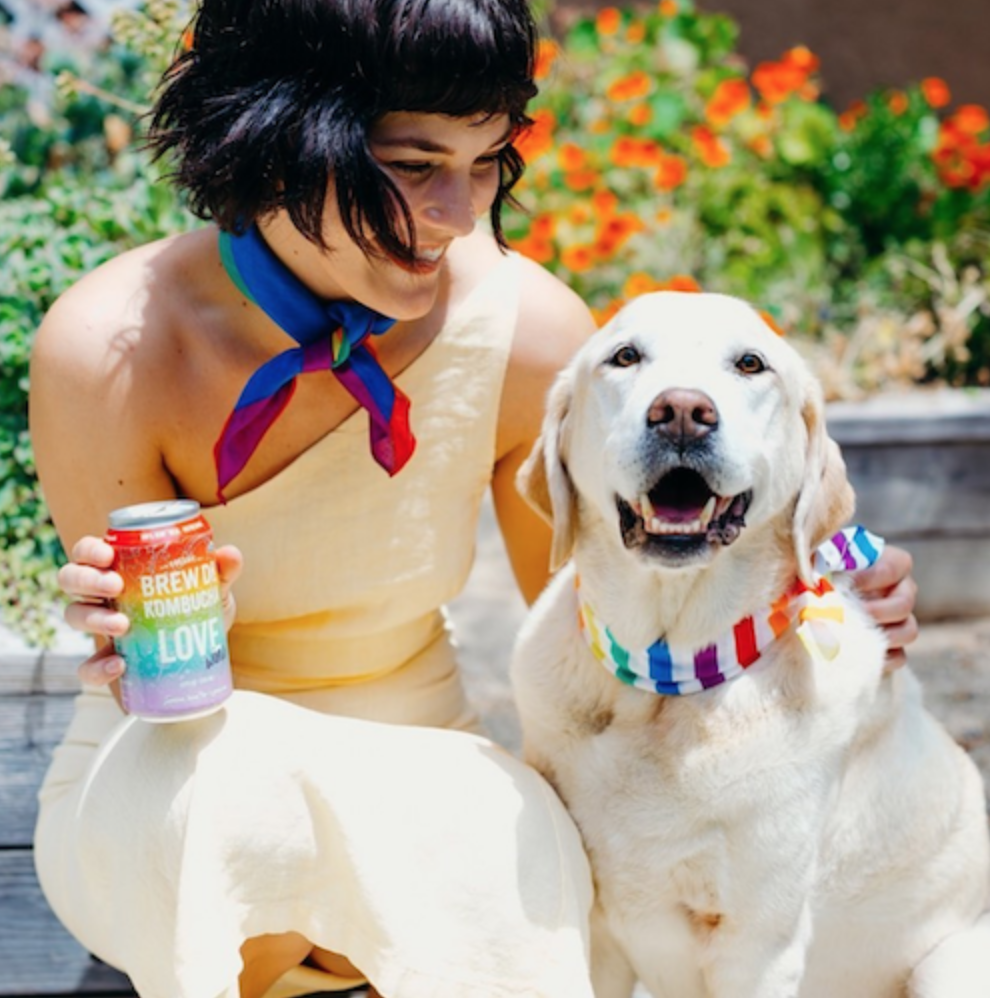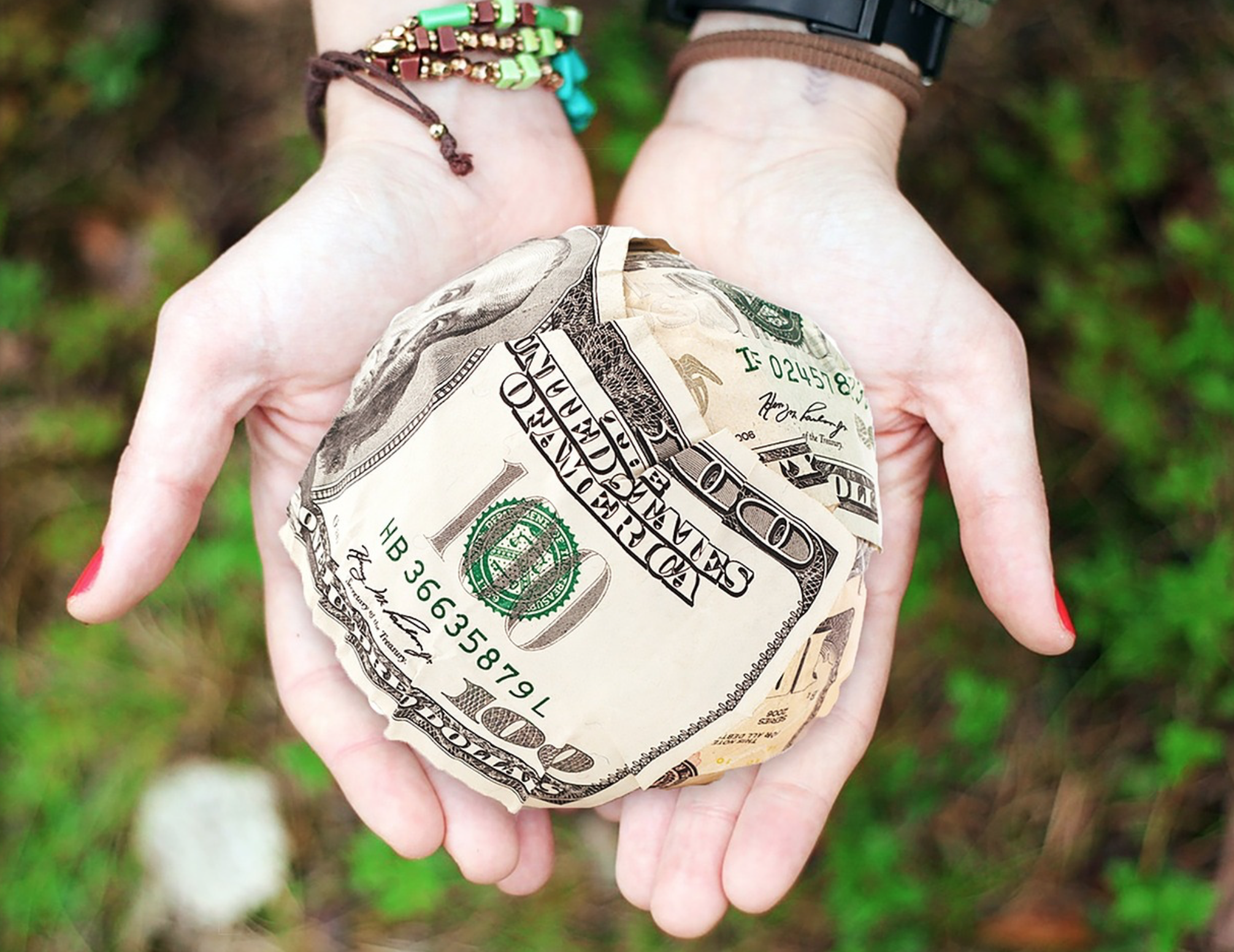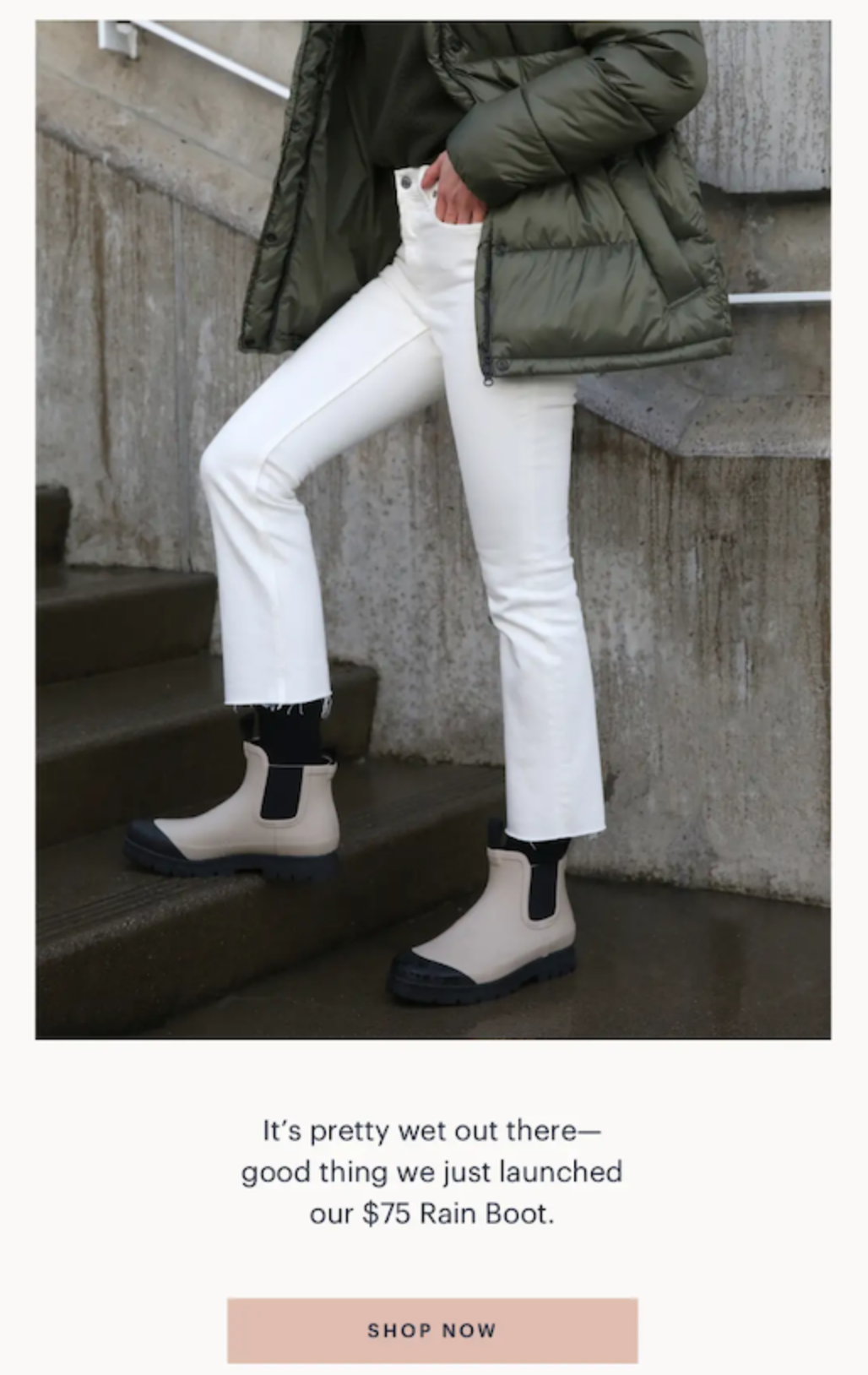5 Millennial Facts that Brands Should Know
PHOTO BY HELENA LOPES
Brands are right to care about Millennials, not just for their spending power, but because they are already influencing older generations. The stats are there. Over half of Gen Y say people seek their advice on products, while 39% give reviews.
Minorities are the Majority
PHOTO BY OMAR LOPEZ
Gen Y's demands for diversity and inclusion comes from who they are. Nielsen reports that Hispanic, Black, Asian and mixed races are now 51% of millennial households. This explains the runaway success of Fenty, who services women (or men!) once considered niche. Or why Brazi Bites has incredible sales for its gluten free Brazilian cheese breads. Palates and aesthetics are changing with this diverse generation.
BREW DR. KOMBUCHA
For Millennials, diversity is a key value that extends beyond race. Fusion's infamous Gen Y poll revealed that 50% believe gender is on a spectrum and 68% support gay marriage. As a result, LGBTQ consciousness is rippling beyond the core community. And brands are responding. For Pride month, KIND bars released limited edition bars with 100% of its proceeds going to the Ali Forney center. Meanwhile, Brew Dr. Kombucha donated to the Trevor project through special cans featuring the non-profit's lifeline. Inclusion is key to Millennials and they expect brands to their part.
The Most Giving
PHOTO BY HEATHER PAQUE
Despite their heavy debt burdens, Millennials are the most charitable out there. 84% have made donations and 70% have volunteered in a year. Many see themselves as an agent of change. 61% "feel personally responsible" for improving the state of the world. Their weapon? The power of the purse. Millennials see purchases as a more effective way to drive change than voting. This certainly transpired in the 2016 election turnout.
Pura Vida
Give backs are a price of entry for brands these days. But know that Gen Y's altruism is sensitive to authenticity. Pura Vida's success and credibility stems from the business itself. It was built with the intent of supporting artisans in Central America. Recently, they've amplified their mission with a collection of charity-specific styles consumers can choose to support. The brand is so popular because they balance fashion with a cause woven into the business.
Beware that even brands with the truest of intentions can feel the heat from this outspoken generation. Toms experienced criticism that it's one-for-one model serves only as a band-aid versus addressing the systemic challenges in underprivileged countries. The company now finds slower sales as their cause model has lost its luster for consumers.
Parenting Priority
PHOTO BY CAROLINE HERNANDEZ
Contrary to their Peter Pan reputation, 60% of Millennials see parenthood as a driving point in their identity. And according to the Pew Research Center, 52% regard this as a critical life goal, even more important than marriage. As a result, Millennial moms account for 82% of births in the US and they are applying their values in their children. According to Nielsen, Gen Y is spending more on baby care and family planning. Baby food, disposable diapers, formula and gear spending is more than double the average spent by other families. A focus on organics, clean labels and sustainability tops purchase decisions.
Raised Real
In less than 2 years, Raised Real has sold >500K baby meals because they understand what drives new Millennial parents. Exposing babies to many flavors, while delivering balanced nutrition is conveniently solved with the brand's simple, sustainable and organic meal kits.
Stasher's reusable silicone bags are a wildly popular in this anti-plastic age. The brand smartly speaks to Gen Y parents for both its health (silicone vs. plastic) and sustainability benefits. Parenthood marks a gear-shift for many families looking to reset how they live their lives, impacting purchase decisions for the entire family. Natural, organic and sustainable brands benefits when keeping this audience in mind.
Shop in Store
PHOTO BY CHARLES DELUVIO
Retail is not dead, just different. According to an Accenture study, 82% of Millennials prefer bricks and mortar shopping. But it must appeal to their needs. Convenience and experience are key here. DTC brands like Casper realize an omni channel approach works best for this audience. Nothing beats testing a mattress in-person with on-the-spot customer service in store. They've also created the "Dreamery" nap pods to enhance the brand experience.
Casper
Traditional grocery is also changing their playbook to engage Millennials. Beloved supermarket, HEB is testing a "community gathering place" concept. The Austin location will feature a food hall, beer garden, art installations and live music stage. Entertaining and hospitality introduces new opportunities to deepen connections, thus increasing dollar rings. Millennials are driving the clicks-to-bricks trend because they demand and love experiences and service. It is up to brands to capture their attention by uniquely meeting these consumer needs.
Market to Me
PHOTO BY JOHN SCHNOBRICH
If a Millennial gave you the gift of their email or following, use it. But do so wisely. Accenture found that over 95% of Gen Y wants "their brands to court them actively." Emails, texts, even social ads need to be personal. A Salesforce survey sees that 63% of Millennials are ok with sharing information for personalized offers and discounts. Speak specifically because blanket campaigns won't build loyalty or equity.
Segmentation can be done by purchasing behaviors, demographics and/or psychographics. Target tracks shopping behaviors to market to new parents before the big day, anticipating what their needs may be. Meanwhile, Everlane utilizes location demographics beautifully. Their rain boot launch was promoted through emails on rainy days, striking when consumers are most receptive. Millennials are looking to patron brands that understand their true problem and needs. This is a great opportunity to go deeper with existing customers, expanding their lifetime value.
Everlane












